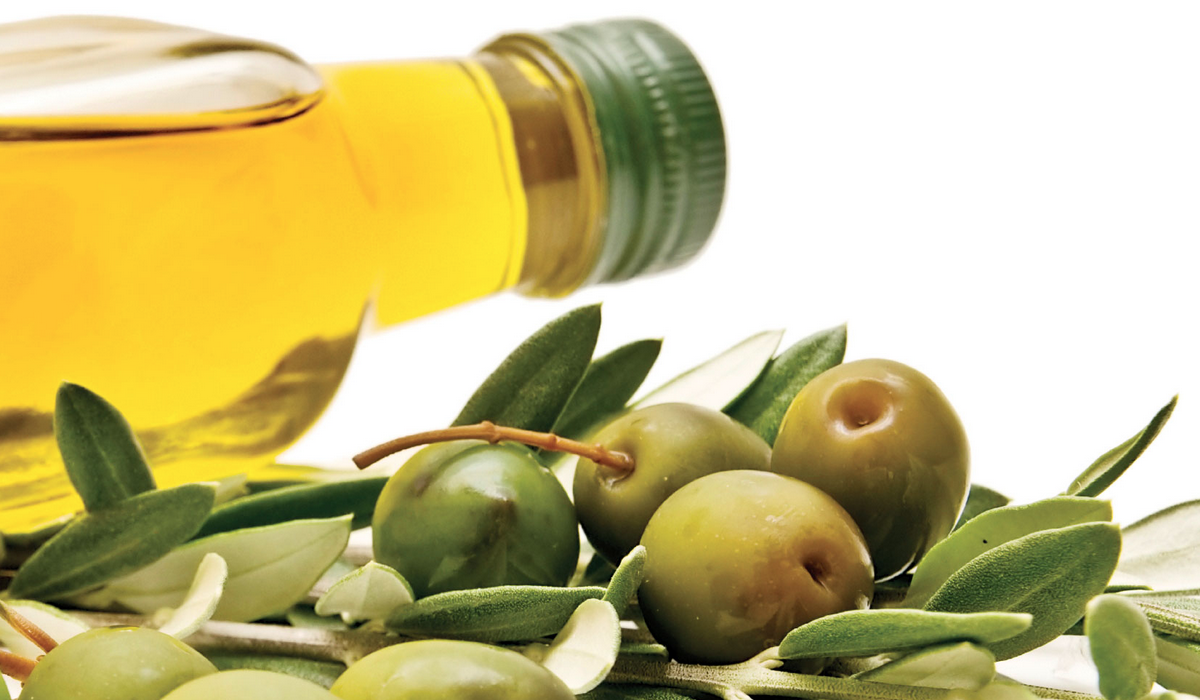
The best kinds of oil to eat and cook with may be one of the most confusing issues for people actively engaged in creating vital health.
Benefits
Grapeseed oil is extracted from the seed of grapes, so it’s a great way to make sure this byproduct from the winemaking industry doesn’t go to waste. It’s very resourceful.
Some enthusiasts say grapeseed oil is a great moisturizer for skin and hair.
Side effects
Unfortunately, it has more drawbacks than benefits, and may even contribute to the risk of developing heart disease. (1)
In whole form, grape seeds contain antioxidants and other important micronutrients, but the extremely high heat used to extract the oil obliterates most of the good stuff, leaving very little of value. (2)
While marketing campaigns tout grape seed oil as a rich source of vitamin E, a single tablespoon contains less than 20% of the RDA at 3.9 milligrams (3), and it still delivers 18 grams of fat. There are plenty of options for making a better nutritional investment with those fat calories.
At about 70% polyunsaturated fatty acids and only 10% saturated fats, with the remaining monounsaturated fatty acids running around 16% average, grapeseed oil sounds like a smart choice.
But the idea that it’s best to focus on mono- and polyunsaturated dietary fatty acids is based on the long-standing myth that saturated fat is bad for you, and science has proven that wrong. (4, 5, 6)
Eating too many polyunsaturated fats high in omega-6 fatty acids, like those in grapeseed oil and other vegetable and seed oils like corn, safflower, soybean and canola, can cause inflammation (7), a condition likely to head you down the road to poor health and a greater vulnerability to developing chronic diseases. (8, 9)
Polyunsaturated fats come in two flavors: omega-3 and omega-6. For optimal health, our bodies need a balance of these two types, and most of us get far too much omega-6 (like that found in grapeseed oil) and not enough omega-3 fatty acids, as found in fish, walnuts, green leafy vegetables and certain vegetable oils like flaxseed oil. (10, 11)
In comparison to other vegetable oils, grapeseed oil is among those with the highest percentage of omega-6 fatty acids in cell membranes. (12)
Cooking with oils rich in omega-6 essential fatty acids, or using products made with these oils, contributes to the imbalance without adding any nutritional benefits.
The processing of grape seeds to make oil involves some chancy stuff you may not want to get mixed up with. This is the case with many commercial oils, including rapeseed oil (canola oil), soybean oil, and others that may be advertised as healthy choices.
Modern manufacturing equipment makes it possible to do things with food we couldn’t do by hand, but industrial food processing often utilizes various toxic chemicals to expedite and complete the necessary steps for cleaning, drying, pulverizing and extracting oil from massive quantities of material.
Hexane is a common solvent used in processing seeds for oil extraction. It’s basically a food-grade gasoline that’s flammable, and trace amounts have been found in various oils, including grapeseed oil. (13)
Classified by the Environmental Protection Agency (EPA) as a hazardous air pollutant, hexane is included on a list of nearly 200 toxic chemicals. (14)
Since hexane is not technically an additive, you’re not going to see it on any ingredient lists, but there’s a chance you’ll be pouring a bit of it into the pan if you choose to fry foods in grapeseed oil.
Exposure of foods like grape seeds to combustible gases like hexane and others can also result in dangerous levels of polycyclic aromatic hydrocarbons, which can be carcinogenic to animals. (15)
Since there haven’t been any studies on how grapeseed oil affects human health, let’s look at some other popular vegetable and seed oils, like corn, soybean and safflower.
These are all common ingredients in processed foods, as well as being marketed for use in cooking. Keep in mind that grapeseed oil has even more polyunsaturated fatty acids than any of those three above.
While it’s true vegetable oils can lower cholesterol measurements, this doesn’t mean they are heart-healthy. Several trials have shown using oils rich in polyunsaturated fatty acids actually raises the risk of developing heart disease. (16, 17, 18)
Back to the heat issue, most of us have had the experience of turning on the burner, moving away from the stove and coming back to find smoke pouring out of the pan.
Grapeseed oil is billed as a good choice for frying because it has a high smoke point, which is the temperature at which an oil begins to burn and smoke.
Here’s the rub: the smoke point isn’t the determining factor when it comes to the healthful qualities of cooking oil. It’s mostly important if you’re not an attentive chef.
What really matters is how many double bonds are present in the fatty acid molecules.
The prefix “poly” (polyunsaturated) means “many,” so there are many double bonds in grapeseed and other polyunsaturated oils; when heated, these double bonds react with oxygen to create free radicals and other harmful compounds. (19)
With high levels of polyunsaturated fatty acid, heated grapeseed oil is going to yield an even greater amount of these undesirable reactions, right in your frying pan.
Just for the record, the molecules in saturated fats like coconut oil and butter don’t have double bonds.
Recap
A popular choice for massage, especially when combined with aromatherapy (mixing in aromatic essences for therapeutic effects), enthusiasts swear grapeseed oil has wonderful benefits for hair and skin.
If you have some sitting next to your stove, you may want to consider using it as a moisturizer.
When it comes to consuming grapeseed oil, there is absolutely no compelling reason to use it, and many reasons to pass it by for safer and more nutritious choices.
https://bodynutrition.org/grapeseed-oil/ http://bodynutritionorg.tumblr.com/post/168353537999
No comments:
Post a Comment